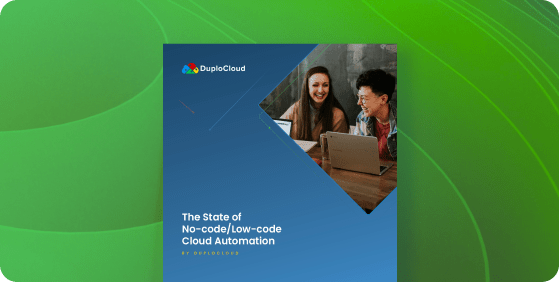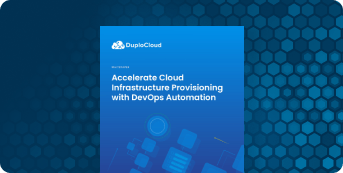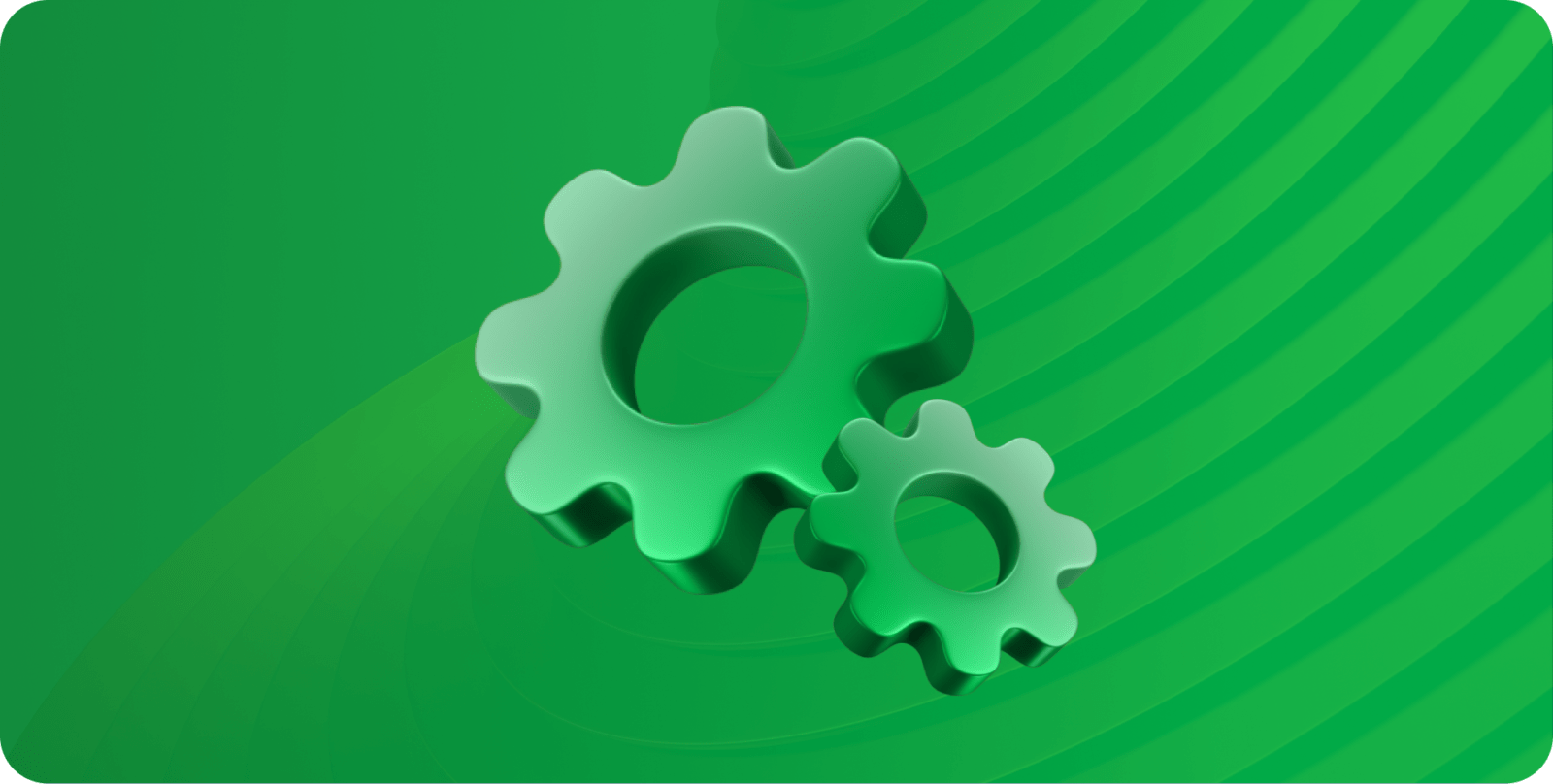Cloud automation saves companies time and resources, allowing them to focus on the big picture.
Cloud automation solutions exist to reduce the time and resources it takes to manage and deploy cloud-native applications, ensuring that they meet regulatory requirements while reducing financial and operational strain. For startups and SMBs, cloud automation presents opportunities to shorten the development pipeline, minimize time to market, and conserve funding. Here’s the guide to cloud automation to help you determine if it’s right for your company.
Jump to a section…
Auto-Scaling the Infrastructure
What Is Cloud Test Automation?
Ideal Candidates for Cloud Test Automation
The Best Cloud Automation Tools and Platforms
The Best Cloud Orchestration Platforms
The Benefits of Cloud Security Automation
What Is Cloud Automation?
Cloud automation allows companies to reduce the manual effort involved in building, deploying, and maintaining cloud applications. Resources in the cloud need to be spun up, tested, modified, assessed, and taken down when they are no longer needed. Hiring dedicated DevOps teams to write thousands of lines of code isn’t an option for many companies, especially small- to medium-business and startups with tight budgets. Cloud automation solves the problem by automating workflows, engineering, and ensuring compliance standards.
Types of Cloud Automation
Many DevOps processes can be automated, but these are the primary ways that cloud automation is typically used:
Infrastructure-as-Code
Infrastructure-as-Code uses software to define and automate provisioning and management of applications in pre-defined IT environments, rather than configuring individual components one by one. It eliminates the need to build and configure each new application from scratch.
Data Backups
All of an organization’s data should be backed up in the cloud. Automating standard disaster recovery steps like cloud data backups takes the pressure off of IT employees by configuring automatic backups that trigger at off-peak times without the need for manual input.
Auto-Scaling the Infrastructure
Cloud-native applications need to support fluctuating levels of traffic. Automatically scaling up or scaling down the resources to support a cloud application cuts down on costs associated with unattended or under-used resources.
For more information on the basics of cloud automation, read our guide “What Is Cloud Services Automation?”
What Is Cloud Test Automation?
Cloud test automation uses cloud computing environments to rapidly test software components or entire systems. Developers can use automated, parallel tests to find and fix bugs, stress test core systems, and increase the efficiency of the quality assurance process.
DevOps teams developing with continuous integration and continuous delivery (CI/CD) pipelines benefit the most from cloud automation testing. These processes rapidly push code updates to the cloud, automating testing procedures into the CI/CD pipeline and ensuring rigorous regression, performance, and device QA checks take place immediately before and after delivering updates to production or staging environments.
Cloud test automation carries numerous benefits. For most teams, the inherent cost reduction will be the primary benefit, though these built-to-scale solutions are also more versatile and provide faster results. CI/CD pipeline integration also allows for rapid iteration, as code is continuously vetted throughout the deployment process.
Ideal Candidates for Cloud Test Automation
Cloud automation testing handles some of the most repetitive development processes, though it isn’t built for everything. The methods worth automating are:
- Functional tests: Determine the functionality of various methods, including initial sanity or smoke tests, black box testing to confirm functionality, and more.
- Regression tests: Regression tests require a massive amount of repetitive activity across multiple versions, making them ideal for automation.
- System tests: Automate specific actions across your system to ensure everything works.
- Capacity tests: Automation can test user traffic loads, stress test functions, check for bottlenecks, and more.
- Availability tests: Automating these tests will keep you informed of potential outages caused by changes to infrastructure.
- Security tests: Automation can check for security flaws and other vulnerabilities across your application.
No-code/low-code solutions are becoming universal. In our survey of 300 engineering leaders, we found that no-code/low-code cloud automation adoption is expected to hit >90% by 2025. Learn more with this free report:

For more information, read our guide “What Is Cloud Test Automation?”
The Best Cloud Automation Tools and Platforms
These automation cloud tools and platforms streamline the development process, saving your company time and money.
DuploCloud
DuploCloud automates cloud infrastructure and compliance. Its no-code/low-code automation approach can make the development 10x faster, reducing costs and time required to create a viable cloud infrastructure solution through Infrastructure-as-Code DevOps processes, all while ensuring regulatory compliance with PCI-DSS, HIPAA, SOC 2, GDPR, and more.
Puppet
Puppet is a scalable DevSecOps cloud automation solution with responsive and predictive products. The tool identifies weaknesses at scale and takes predefine actions to rectify them. Puppet offers add-ons that help meet compliance and operational efficiency goals, helping DevOps professionals automate all the way down to individual pain points.
AWS CloudFormation
AWS CloudFormation is a cloud automation platform for modeling, provisioning, and managing AWS resources and third-party applications across all regions and accounts over their entire lifecycle. It features rollback trigger support, change set preview support, and asynchronous replication support, as well as compliance protocols for industry standards such as HIPAA and Payment Card Industry.
Microsoft Azure Automation
Microsoft Azure Automation enables DevOps teams to manage automation and configurations across deployments in Azure, on-premises, and third-party environments.
For more information, read our guides “11 Cloud Automation Tools and Platforms That Streamline Development” and “8 Cloud Infrastructure Automation Tools That Streamline Development.”
The Best Cloud Orchestration Platforms
Cloud orchestration oversees the processes by which concurrent cloud automations work. This entails stringing together automated tasks and introducing automated coordination and decision-making capabilities like policy enforcement. The result is end-to-end processes that eliminate the need for additional lines of code or engineering attention and resources. Here are some of the best cloud orchestration platforms currently available.
DuploCloud
DuploCloud is able to perform cloud orchestration processes through its no-code and low-code approach in addition to its cloud automation capabilities. These orchestration functions can make the development process 10x faster, reducing the cost and risks inherent in cloud application development.
Ansible
Ansible offers configuration and class techniques to help companies coordinate cloud servers and services, integrating with platforms like AWS, Digital Ocean, Google Cloud computing, Microsoft Azure Cloud Computing, Rackspace, and VMWare. Ansible operates under the philosophy that you shouldn’t need advanced engineering experience to write orchestration tasks. Its key capabilities include a flexible REST API, multi-playbook workflows, and GUI-based inventory management.
Kubernetes
Kubernetes, sometimes referred to as K8, is a container orchestration platform that handles the deployment, management, and scaling of containerized applications. Think of Kubernetes as a conductor telling which containers to work together and when. In Google’s words, “Kubernetes automates most of the repetition and inefficiencies of doing everything by hand.”
For more information, read our guide “8 Cloud Orchestration Solutions Keeping Infrastructures in Sync.”
The Benefits of Cloud Security Automation
The number of cyber attacks is increasing as the shift to cloud-based applications continues, making airtight security protocols more important than ever. Cloud security automation ensures that protocols can be spun-up and implemented while mitigating human error, which is responsible for most cloud security incidents.
On top of the security benefits, cloud security automation reduces costs. The average salary of a cloud security professional is $100,000 a year, but can spike all the way up to $186,000 for top-tier employees. Startups and SMBs can better apply these financial resources by automating the cloud security process. Automation means a faster, budget-friendly development process that results in stronger security posturing.
For more information, read our guide “The 3 Biggest Benefits of Cloud Security Automation”
If your organization is interested in cloud automation, DuploCloud can help. Our no-code/low-code solution helps DevOps teams accelerate their time to market without sacrificing quality. DuploCloud’s platform ensures regulatory compliance with PCI-DSS, HIPAA, SOC 2, and GDPR while reducing development costs. Contact us today to learn more.









